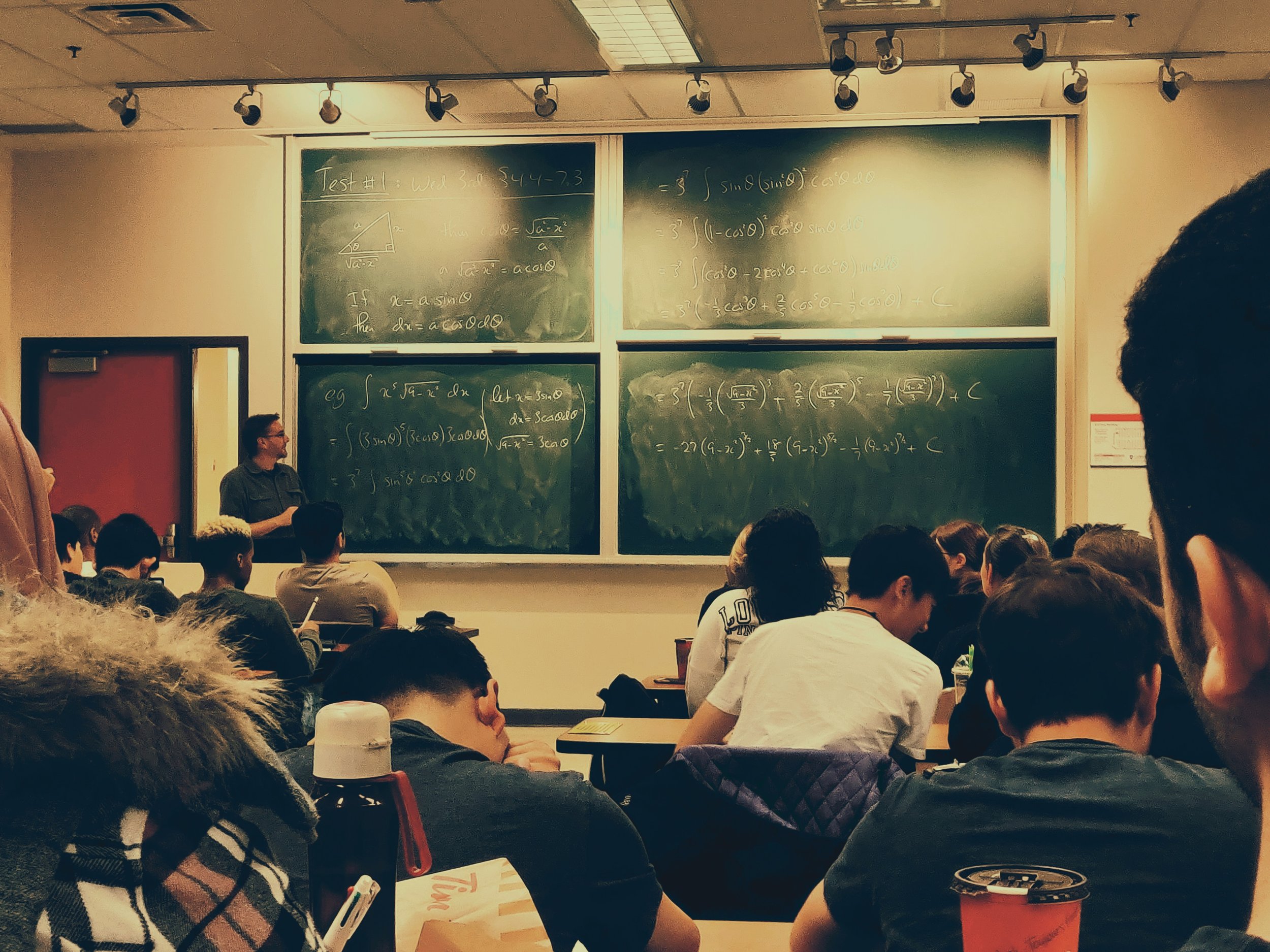Post-COVID-19 Struggles Persist for High School Students
Students have yet to reach pre-COVID-19 levels of academic achievement since moving back to in-person classes. Photo by Shubham Sharan on Unsplash.
The age of COVID-19 seems to be in the rearview mirror — and yet, its effects on children during online schooling are still being felt today, two years after the return to in-person classes.
Middle and high school teachers are currently teaching students in their classrooms who were in the midst of their middle and elementary school careers when the pandemic hit. Those same students are now performing academically at levels significantly lower than those during pre-COVID times.
Both the Northwest Evaluation Association and the National Assessment of Educational Progress, the latter otherwise known as the Nation’s Report Card, have found that national reading and mathematics levels of adolescents have fallen significantly in the years since COVID-19.
According to the NWEA study, achievement gains in the 2022-23 academic year “lagged pre-pandemic trends in all but the youngest cohort of students, falling short of pre-pandemic averages by 1–19% in reading and by 6–15% in math.” The Nation’s Report Card found similar results, stating that the performance of 13-year-olds has experienced a significant decline between 2020 and 2023 in terms of long-term reading and mathematics findings.
These struggles did not go unnoticed by high school teachers, including Daniel O’Brien, an English teacher at North Haven High School in Connecticut.
O’Brien, who teaches ninth, tenth and twelfth-graders, observed first-hand the reading struggles of his students, describing how their skills were softened due to the lost rhythm.
“A lot of the work is figuring out where the fundamentals are, fixing the fundamentals and then trying to get them to the elevated place that we would have assumed we’d started 10 years ago, that you could assume that kids know certain things about reading and writing,” said O’Brien. “Now, it’s like, let’s talk about crafting a sentence and crafting a paragraph…so a lot of backfill.”
O’Brien’s work often leads to reteaching students the basics in his English classes — the content students are meant to learn early on in their education during general language arts lessons. This includes redefining vowels and syllables, how they function and how those play into structuring a sentence.
He attributes much of these soft skills as a product of modern media consumption via the internet and social media since the type of language used on these platforms tends to be much more informal than in other situations.
But O’Brien was not the only teacher to observe struggles among his students. Bevan Moore, a social studies teacher at North Haven High School, attributes the negative trends to the issue of teaching to the test, a hallmark of public education’s current learning system.
“We want kids to learn stuff, but we don’t structure it in such a way where we have them learning at the center of the process. And by learning, I mean… actually retaining information for the long term,” said Moore. “It really is like studying for this test to show what you learned for the three-week unit or whatever and then drop it out of your head.”
Michael G. Panzer, an adjunct professor at Marist College who also teaches at Roy C. Ketcham High School in Wappingers Falls, New York, witnessed the exact same trend in his social studies and history classes.
Panzer saw that students struggled with skills development, including with tests and exams for tenth-graders.
“They didn’t know how to take written tests, especially to the level that they needed…so there was a lot of skills writing that I had to build because they did not do much of that in ninth grade,” he said.
But in Panzer’s opinion, the psychological damages from isolation during the pandemic also play a part, speaking about the cohort of high school sophomores he taught during the fall of 2021.
“Their freshman year was [COVID-19]. So their eighth-grade year got clipped in March...then their ninth-grade year was a mixed bag of who knows what, and their first day of actual high school in class was their first day of sophomore year,” he said.
Although the pandemic caused students to miss out on integral social and academic development, these ‘growing pains’ seem to be dissipating with each passing year as new cohorts arrive. And through it all, they’re still simply amazing people.
“My wonderful kids this year…they came in with some really soft skills,” said O’Brien. “But they’re lovely human beings.”
